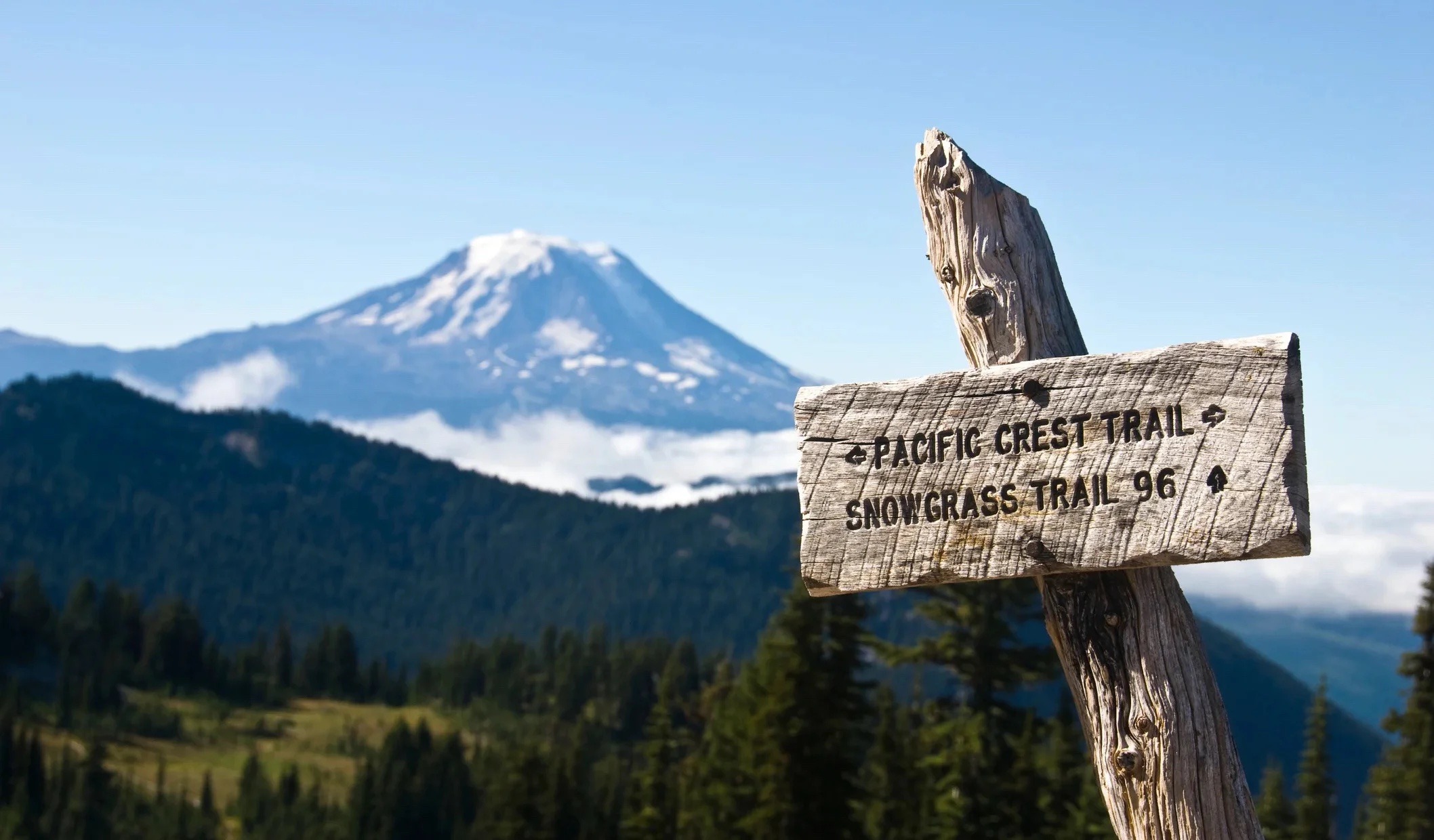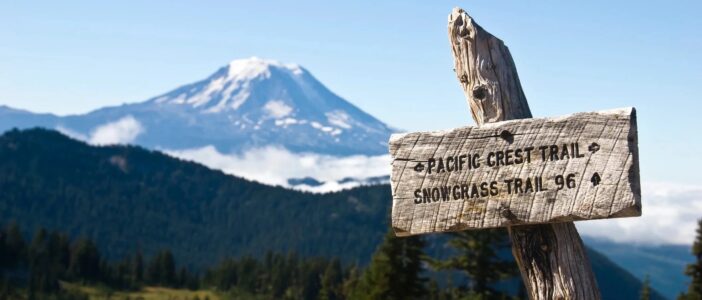Unraveling the Beauty of the Pacific Crest Trail
Welcome to the awe-inspiring adventure of exploring the Pacific Crest Trail (PCT), a monumental route that stretches across diverse landscapes, offering unparalleled experiences to hikers and outdoor enthusiasts alike. In this comprehensive guide, we will embark on a journey through the wonders of the PCT, from its rich origins and route details to the captivating sights and practicalities of navigating this iconic trail.
Origins and Significance of the Pacific Crest Trail
The Pacific Crest Trail, spanning approximately 2,650 miles (4,265 kilometers), weaves its way through the western states of the United States, from the sun-kissed border of Mexico in California to the rugged frontier of Canada in Washington. Conceived in the 1960s, this trail holds profound cultural and historical significance, representing a testament to human perseverance and reverence for the natural world. Initially envisioned by Clinton C. Clarke, the PCT gained official recognition through the collective efforts of volunteers, including the dedicated members of the Pacific Crest Trail Association (PCTA), who tirelessly devoted themselves to its establishment and preservation.
The Route: A Journey Through Diverse Landscapes
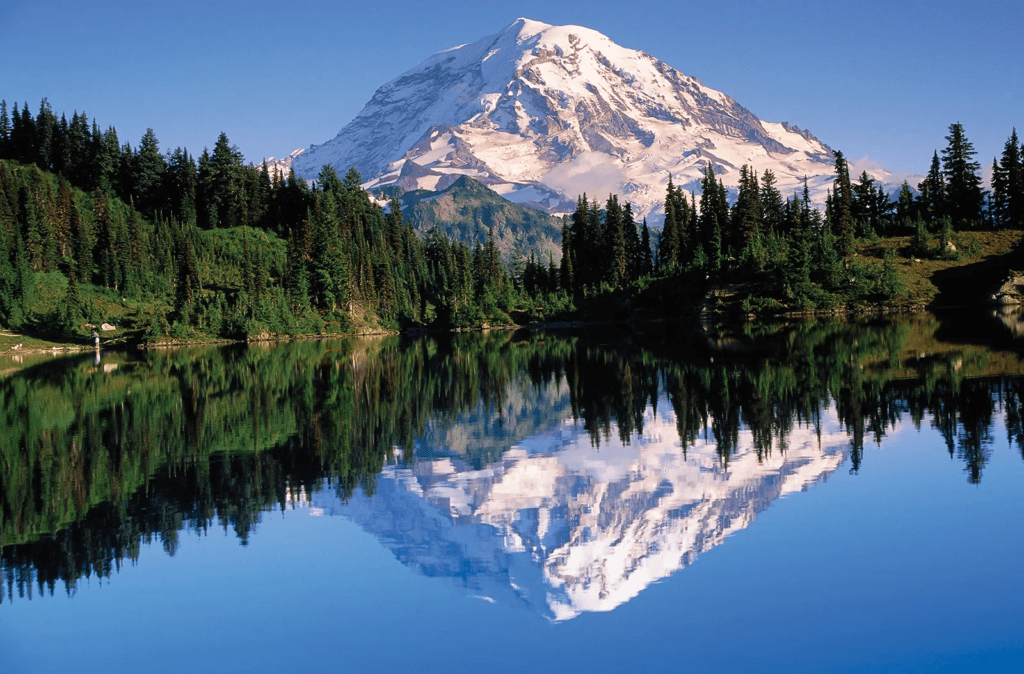
Traversing the Pacific Crest Trail is a journey through a myriad of landscapes, each offering its own unique beauty and challenges. From the sun-drenched deserts of Southern California to the rugged peaks of the Cascade Range, the trail showcases the breathtaking diversity of the American West. Let’s explore a specific itinerary highlighting some of the most iconic sections of the PCT:
Southern Terminus to Mount Whitney
The journey begins at the southern terminus of the Pacific Crest Trail near the Mexican border in Campo, California. Hikers embark on a thrilling adventure through the arid expanses of the Mojave Desert, where the landscape is punctuated by towering Joshua trees and rugged rock formations. As the trail winds its way northward, hikers are treated to stunning vistas of the San Gabriel and San Bernardino Mountains, with the snow-capped peak of Mount Baldy looming in the distance.
Continuing on, the trail ascends into the majestic peaks of the Sierra Nevada, where hikers encounter some of the most challenging and awe-inspiring terrain of the entire trail. The highlight of this section is undoubtedly Mount Whitney, the tallest peak in the contiguous United States. Summiting Mount Whitney is a monumental achievement for thru-hikers, offering unparalleled views of the High Sierra and the vast expanse of the Owens Valley below.
High Sierra to Yosemite National Park
From Mount Whitney, the trail traverses through the pristine wilderness of the High Sierra, passing through remote alpine lakes, lush meadows, and rugged mountain passes. Hikers navigate through iconic landmarks such as Forester Pass, the highest point on the Pacific Crest Trail, and the stunningly beautiful Evolution Basin. Wildlife sightings are common in this section, with opportunities to encounter elusive creatures such as black bears, mule deer, and golden eagles.

As the trail continues northward, it enters the hallowed grounds of Yosemite National Park, a UNESCO World Heritage Site renowned for its breathtaking natural beauty. Hikers are treated to jaw-dropping vistas of iconic landmarks such as Half Dome, El Capitan, and Yosemite Falls as they traverse through the park’s pristine wilderness. The John Muir Trail, which shares a portion of its route with the Pacific Crest Trail, offers additional opportunities for exploration and adventure in this iconic national park.
Cascade Range to the Northern Terminus
Leaving Yosemite behind, the trail winds its way through the rugged terrain of the Cascade Range, passing through dense forests, alpine meadows, and volcanic landscapes. Hikers are treated to spectacular views of towering peaks such as Mount Shasta and Mount Hood as they make their way northward towards the border of Oregon and Washington.
In Washington, the landscape changes once again as the trail traverses through the lush forests of the North Cascades, with sweeping views of glacial valleys and pristine alpine lakes. The final stretch of the Pacific Crest Trail culminates at the Canadian border, where hikers are greeted with a sense of accomplishment and awe as they complete their epic journey through some of the most breathtaking scenery the United States has to offer.
What Can You See on the Pacific Crest Trail?
Embarking on the Pacific Crest Trail promises an immersive experience amidst nature’s grandeur, with each section revealing its own unique highlights and wonders. Let’s explore five major sections along the trail, along with notable mentions of additional sites that showcase the trail’s breathtaking beauty:
1. Mojave Desert
The Mojave Desert section of the Pacific Crest Trail offers hikers a captivating journey through a landscape of stark beauty and rugged terrain. Highlights of this section include:
- Joshua Tree National Park: Home to the iconic Joshua trees and breathtaking rock formations, this national park is a must-visit destination along the PCT.
- Tehachapi Mountains: Hikers are treated to sweeping views of the Mojave Desert as they traverse through the Tehachapi Mountains, with opportunities to spot desert wildlife such as bighorn sheep and golden eagles.
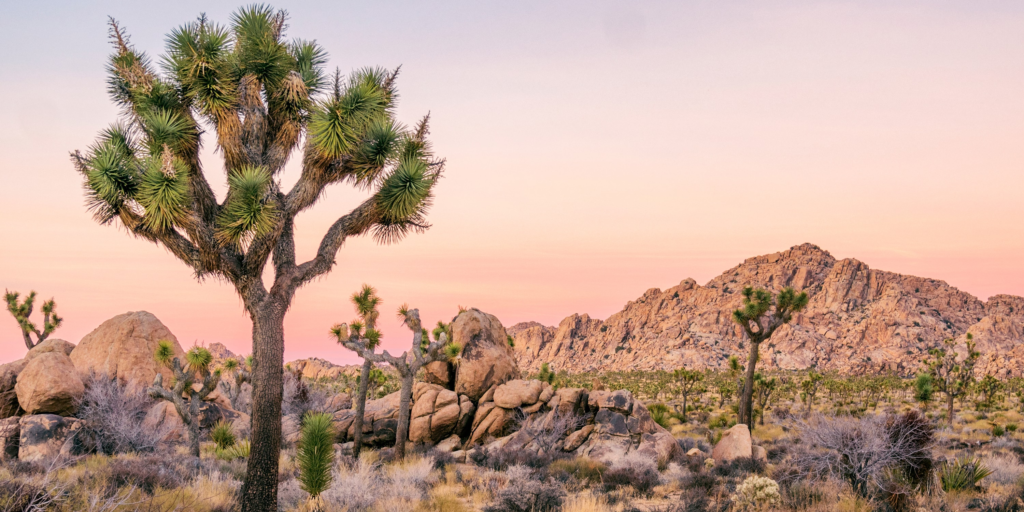
2. High Sierra
The High Sierra section of the Pacific Crest Trail is renowned for its pristine wilderness, alpine lakes, and towering peaks. Major highlights include:
- Mount Whitney: The tallest peak in the contiguous United States, Mount Whitney offers hikers the opportunity to summit a true natural landmark and enjoy panoramic views of the Sierra Nevada.
- Evolution Basin: Nestled amidst the rugged peaks of the High Sierra, Evolution Basin is a pristine alpine wilderness dotted with sparkling lakes and verdant meadows.
3. Yosemite National Park
Yosemite National Park is a UNESCO World Heritage Site renowned for its breathtaking scenery and iconic landmarks. Notable highlights along the PCT in Yosemite include:
- Half Dome: One of Yosemite’s most recognizable landmarks, Half Dome offers hikers the opportunity to marvel at its sheer granite face and panoramic views of the surrounding wilderness.
- Yosemite Valley: Framed by towering granite cliffs and cascading waterfalls, Yosemite Valley is a picturesque destination that showcases the park’s natural beauty at its finest.
4. Cascade Range
The Cascade Range section of the Pacific Crest Trail traverses through dense forests, volcanic landscapes, and towering peaks. Key highlights include:
- Mount Shasta: A prominent volcanic peak rising majestically above the surrounding landscape, Mount Shasta offers hikers unparalleled views and opportunities for exploration.
- Three Sisters Wilderness: Named for its trio of volcanic peaks, the Three Sisters Wilderness is a pristine wilderness area characterized by alpine meadows, crystal-clear lakes, and old-growth forests.

5. North Cascades
The North Cascades section of the Pacific Crest Trail is renowned for its rugged beauty, glacier-carved valleys, and pristine alpine lakes. Major highlights include:
- Glacier Peak: Dominating the skyline with its towering summit, Glacier Peak offers hikers a challenging yet rewarding ascent and stunning views of the surrounding wilderness.
- Cascade Pass: A historic mountain pass traversed by Native American tribes for centuries, Cascade Pass offers hikers breathtaking views of jagged peaks and deep valleys.
Notable Mentions
In addition to these major highlights, the Pacific Crest Trail boasts a multitude of other noteworthy sites and attractions along its route, including:
- Crater Lake National Park: Home to the stunningly beautiful Crater Lake, the deepest lake in the United States, this national park offers hikers the opportunity to marvel at its vibrant blue waters and picturesque surroundings.
- Mount Hood: A glaciated peak towering over the landscape of northern Oregon, Mount Hood is a popular destination for outdoor enthusiasts and offers spectacular views of the surrounding Cascade Range.
- Goat Rocks Wilderness: Known for its dramatic alpine scenery and abundant wildflowers, the Goat Rocks Wilderness is a hidden gem along the Pacific Crest Trail that rewards hikers with stunning views of Mount Rainier and the surrounding landscape.
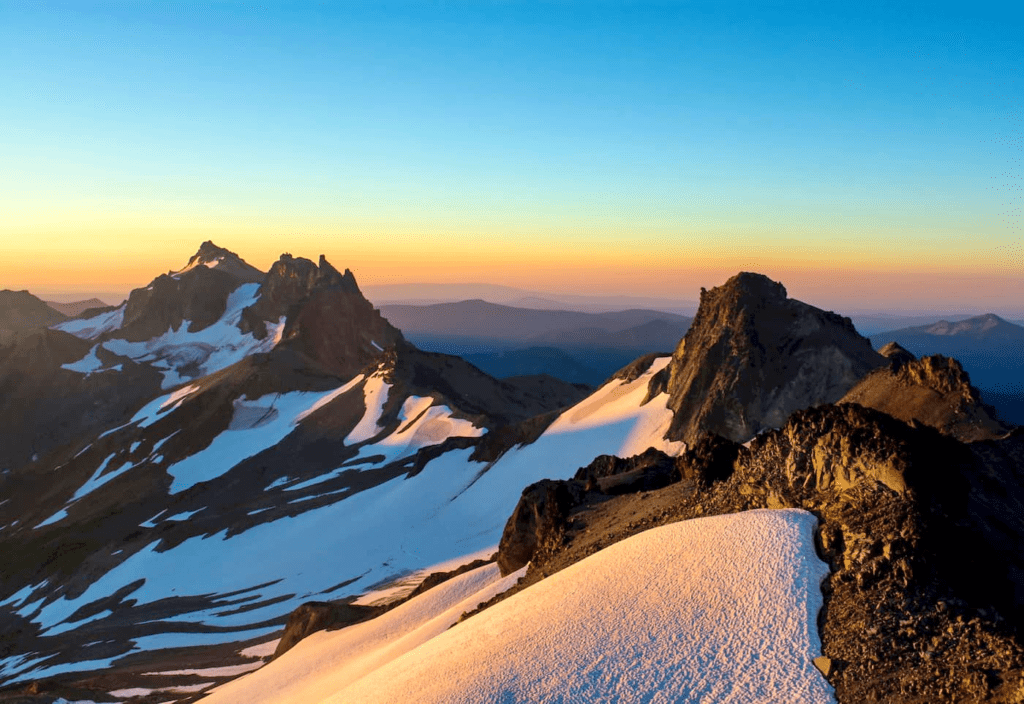
Planning Your Journey: How to Get There and What to Expect
Getting to the Pacific Crest Trail
Accessing the Pacific Crest Trail is a journey in itself, with entry points scattered across its vast expanse. Many hikers choose to commence their adventure at the southern terminus near Campo, California, while others opt for starting points in Oregon or Washington. Major airports such as Los Angeles International Airport (LAX) and Seattle-Tacoma International Airport (SEA) serve as convenient gateways for travelers from afar, providing easy access to nearby trailheads. From there, a network of shuttles, buses, and rental cars facilitates transportation to the starting point of your trek.
Difficulty and Duration
Embarking on a thru-hike of the Pacific Crest Trail is a monumental undertaking that requires careful planning and physical conditioning. The difficulty level of the trail varies significantly, with sections ranging from moderately challenging to strenuous. Factors such as elevation gain, terrain ruggedness, and weather conditions can profoundly influence the difficulty of the hike. It is essential for hikers to assess their fitness level and hiking experience before embarking on this epic journey.
Approximate Length and Duration
The length and duration of a thru-hike on the Pacific Crest Trail can vary depending on a multitude of factors, including hiking speed, rest days, and resupply points. On average, hikers typically take five to six months to complete the entire trail, though some may finish in as little as four months or extend their journey to six months or more. Thru-hikers typically cover an average of 20 to 30 miles per day, with occasional rest days to replenish supplies and rest weary muscles.
Practical Tips for Hiking the Pacific Crest Trail
Gear and Equipment
Selecting the right gear and equipment is paramount for a successful journey on the Pacific Crest Trail. Essential items include a lightweight tent or shelter, a durable backpack, a warm sleeping bag, and appropriate clothing for varying weather conditions. Additionally, hikers should pack an ample supply of food and water, as well as navigation tools such as maps and a compass or GPS device to aid in route finding.
Physical Preparation
Preparing your body for the physical demands of thru-hiking is essential to minimize the risk of injury and enhance your overall enjoyment of the trail. Prior to embarking on the PCT, engage in a comprehensive training regimen that includes cardiovascular exercise, strength training, and hiking with a loaded backpack to simulate trail conditions. Building endurance and strength will help prepare you for the rigors of long-distance hiking and increase your chances of completing the trail successfully.
Mental Preparedness
Thru-hiking the Pacific Crest Trail is not only a test of physical endurance but also a mental challenge that requires resilience, determination, and adaptability. Be prepared to encounter obstacles such as inclement weather, navigation errors, and physical discomfort along the way. Cultivate a positive mindset, remain flexible in your plans, and draw inspiration from the awe-inspiring beauty of nature surrounding you.
Conclusion
Embarking on a journey along the Pacific Crest Trail is an extraordinary adventure that promises to inspire, challenge, and transform those who dare to undertake it. From the rugged splendor of the desert Southwest to the pristine wilderness of the Pacific Northwest, the PCT beckons with the allure of discovery and adventure at every turn. Whether you’re seeking solace in the solitude of the mountains or forging lifelong friendships on the trail, the Pacific Crest Trail offers an unforgettable experience that will leave an indelible mark on your soul.
Pacific Crest Trail Association
